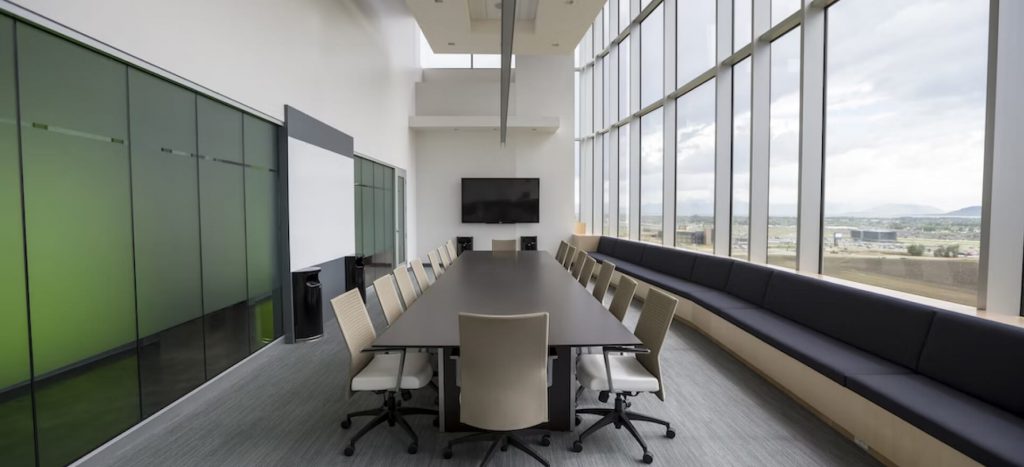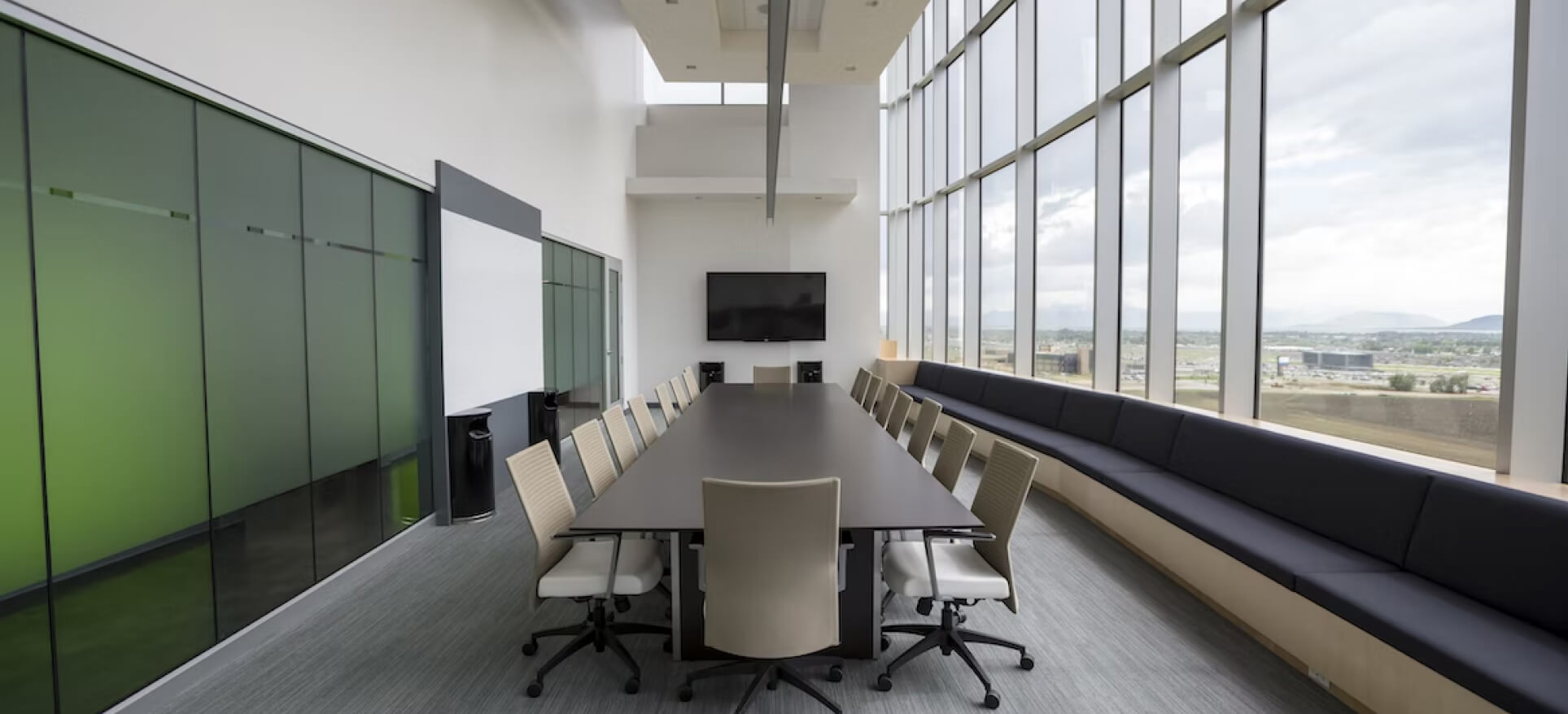Fire-rated glass as a safe and aesthetic solution
Visibility and safety are two words that encapsulated the function of fire-rated glass for many years. Industrial advancements, however, did the job of focusing beyond the surface of its potential. These days, building designers can push the boundaries of achievable designs of rigorous fire and life safety regulations. By using today’s fire-rated glass products, various bright and open regions in commercial and residential buildings are made possible.
Here are some ways to use fire-rated doors in style.
Focus on clarity
Wireless fire-rated glass used to be impossible. Today, professionals in the building sector can choose from a variety of solutions with a nearly distortion-free viewing surface in addition to clear fire-rated glazing. For instance, fire-rated glass ceramic and other glazing goods can have both their interior and exterior surfaces sanded and finished. Such glass is perfect for doors where great clarity is sought because of its smooth surface finish, strong visible light transmission, and low reflection.
Demanding aesthetic specifications can be met by using transparent wall panels that are fire-resistant, which is frequently used in temperature-rise doors. Their multi-laminate construction ensures almost as much visual clarity as regular float glass. They permit expansive, unobstructed viewing spaces in situations governed by stringent fire-rated standards.
Make it huge
Fire-rated glass sizes increased as the daylighting movement gained traction and transparency became more in demand. Products can now be found in a wide range of sizes and still meet temperature-rise requirements.
Due to these advancements, a full-lite fire-rated glass option is virtually always accessible if a designer or property manager wants a bright, welcoming entry in a location subject to fire safety requirements. Products are appropriate for a variety of uses, from simple 1-hour temperature-rise doors to more complex 2-hour temperature-rise doors. Full-lite fire-rated glass doors can now be used in different ways by design teams to enhance visibility and daylight transfer in fire-rated areas.

Make fire-resistant focus points
Make a matching visual
Despite the fact that conventional metal steel fire doors can offer the required fire protection, their frame profile size and form might not fit adjacent windows and curtain walls. Modern fire-rated frames’ sleek design can help them address this issue.
For instance, products made of naturally heat-resistant frame materials, like carbon steel, often do not need thermal barriers inside of them to provide essential fire protection. Design teams are able to closely replicate the visual and technical characteristics of conventional aluminum frames in door applications needing strict fire protection thanks to their slender, elongated profiles and clean edges.

